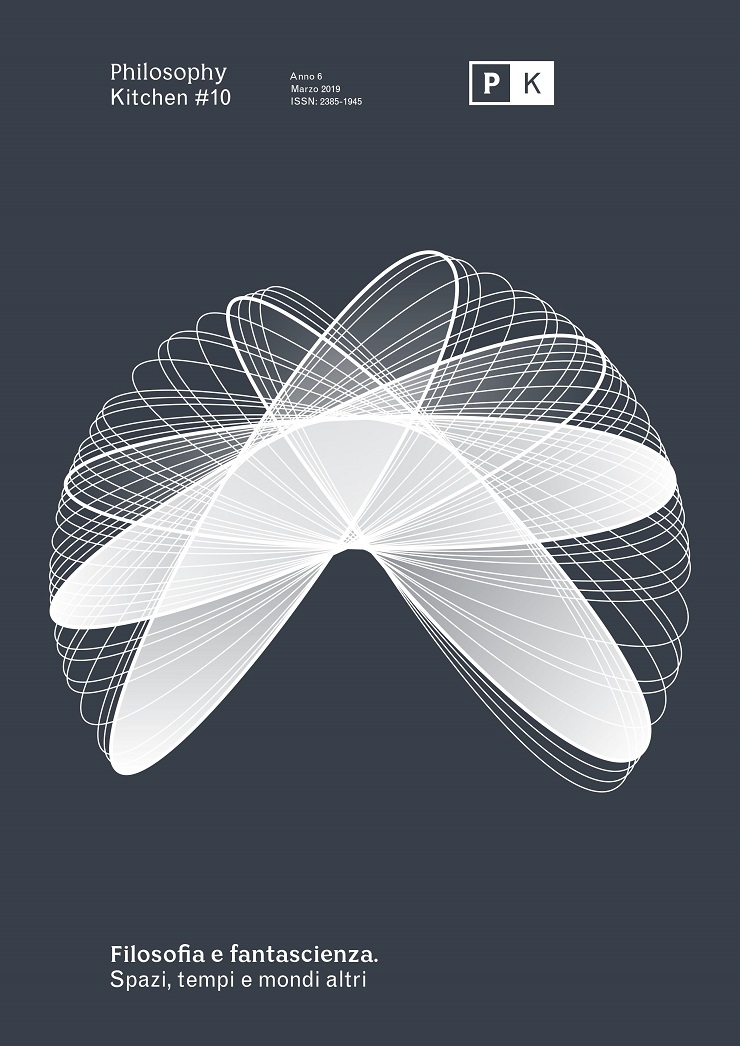Pietra, ferro, fuoco, ombra: città nere da "Magdeburg" a "Los(t) Angeles"
DOI:
https://doi.org/10.13135/2385-1945/4080Abstract
Both utopian and dystopian cities and societies are projects and/or prophecies of Modernity. The three great “classic” utopias were written – indeed – between 1516 (Thomas More) and 1627 (Francis Bacon), while the first modern state was in fieri in France with King Louis XIV and virtually in the same historic period of the “Thirty Years War”. After that period, approaching our age, we can find only dystopias, both in history and in fiction. In fact, even if they had not any fictional intentions, the three classic utopias have a narrative structure, and this feature joins them to recent dystopias, that are explicitly fictional. It seems difficult to try fictional works that really deal about heterotopias. It is possible only read of masked dystopias. Perhaps we have only some heterotopic stretches or hints hidden in novels like Alan D. Altieri’s Magdeburg (the convent where the hero of the novel shelters at the end of his story), or Philip K. Dick’s Time Out of Joint (the fictitious “Old City” in which Ragle Gumm, the protagonist, has decided to live, unaware of his true biography).






